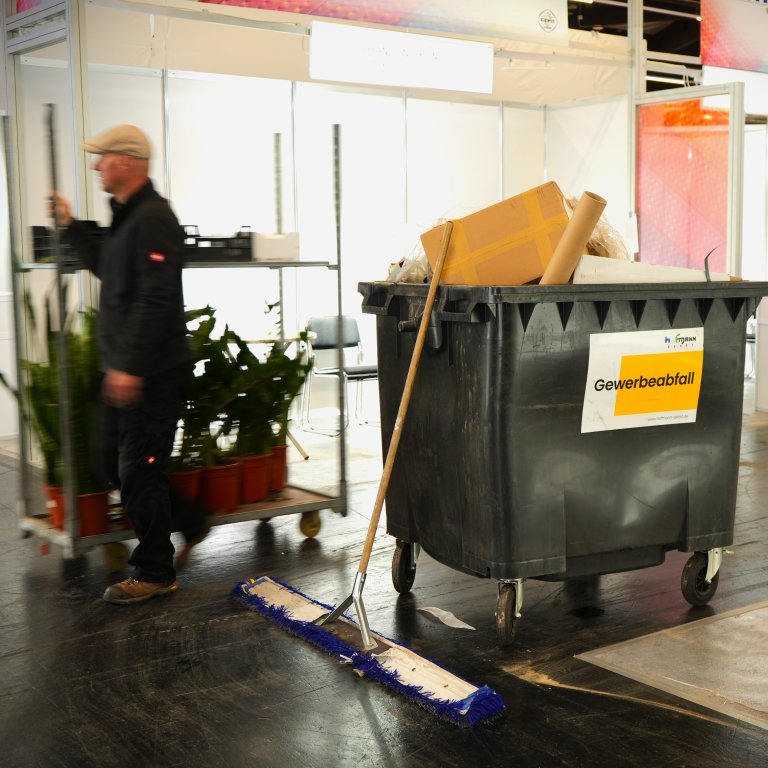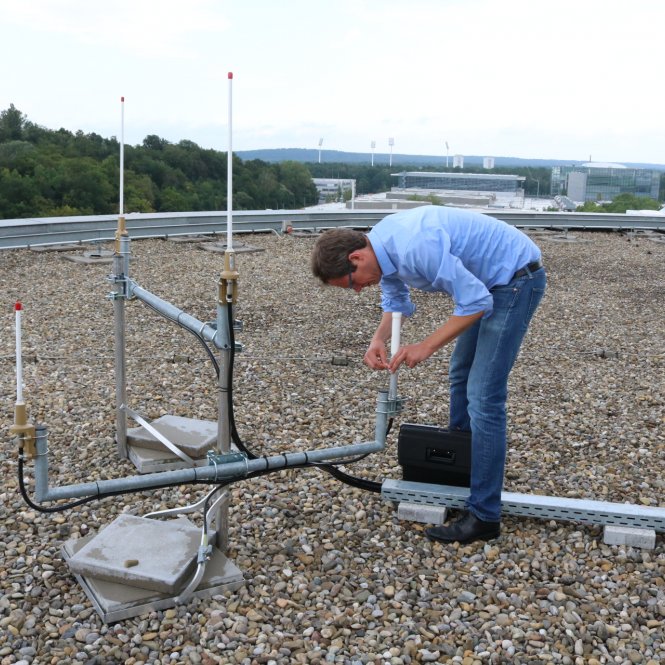

In a research project of the University of Erlangen-Nuremberg and the Fraunhofer Institute for Integrated Circuits, the trade fair centre is becoming a test field for the application of an innovative, digital technology. NürnbergMesse is taking a further step towards the smart venue.
The housing that Dr.-Ing. Jörg Robert holds in his hands is only a few centimetres in size. And yet it contains an innovative technology: a "Low Power Wide Area Network", LPWAN for short. At its core is a sensor that transmits data over long distances, consumes very little energy and therefore has a long service life. "Theoretically, the LPWAN can reach the moon. But on Earth, obstacles such as houses reduce the range," explains Robert as he adjusts an antenna on the six-storey office building of NürnbergMesse. This is to receive the data from the sensors that the engineer places all over the exhibition grounds.
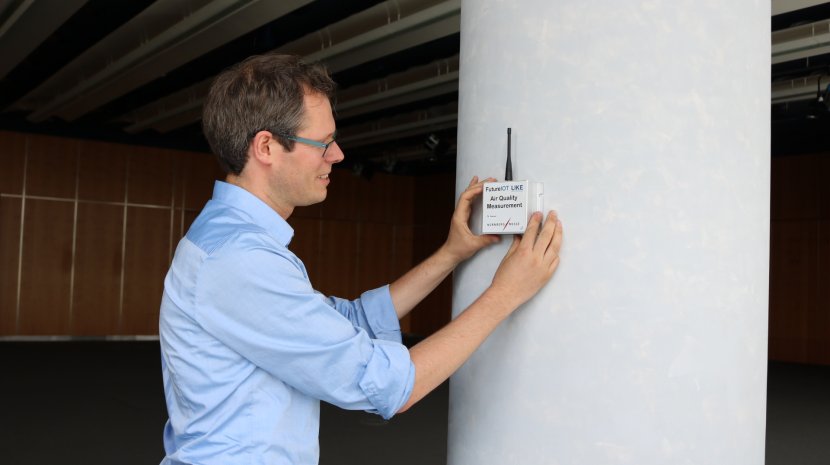
Jörg Robert installs some sensors in conference rooms, where they measure the air quality.
The "FutureIoT" research project is to test how well the system works in live operation - among other things on the NürnbergMesse site. Jörg Robert, who conducts research at the Chair of Information Technology ("LIKE") at the Friedrich-Alexander University Erlangen-Nuremberg, is particularly excited about the big technology fairs in the autumn: "If hundreds of fair visitors use their mobile phones or present applications with their own W-LAN networks, this could become an acid test. The research team's task then is to compensate for disturbances with algorithms.
If everything works, the sensors deliver their data packets via the antenna to the chair in Erlangen-Tennenlohe. There, researchers read out the data and make them available via the Internet to their colleagues in the Strategy and Corporate Development and Technical Building Management departments at NürnbergMesse. The browser is then the first way to view the temperature, humidity and CO2 content in certain conference rooms.
The "Smart City System" start-up will install further sensors in the parking areas of NürnbergMesse. These will then report whether a parking space is free or not. Coupled to a parking guidance system or connected to the ventilation systems of the conference halls or exhibition halls, the data from the sensors can help create direct benefits for exhibitors and visitors.
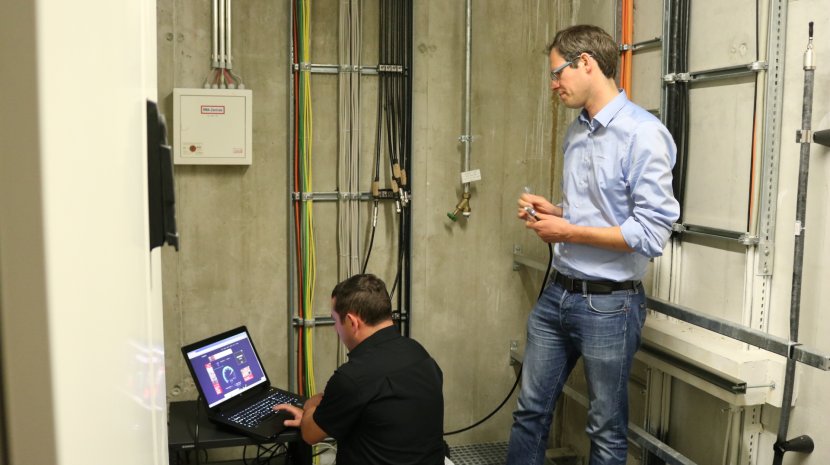
In the "FutureIoT" research project, the exhibition grounds will become a testing ground for innovative LPWAN technology.
"The system is deliberately designed to be open and can be equipped with different sensors. This makes LPWAN's range of applications almost endless," emphasises Robert. This becomes clear when looking at the list of cooperation partners: from the airport, which locates baggage trolleys via LPWAN. And the city of Nuremberg, which equips street lamps with the sensors to save time-consuming checks. And all the way to the Bamberg public utility company, which wants to measure the air quality in the city with sensors on the buses.
For NürnbergMesse, the research project is an opportunity to test potential digital applications: "LPWAN technology is very interesting for us, especially in view of the digitization of the exhibition grounds. With the sensors we collect important information with which we can further improve our events and take the next step towards a 'smart venue'," says Dr. Martin Kassubek, Head of the new Corporate & Digital Development Division at NürnbergMesse.
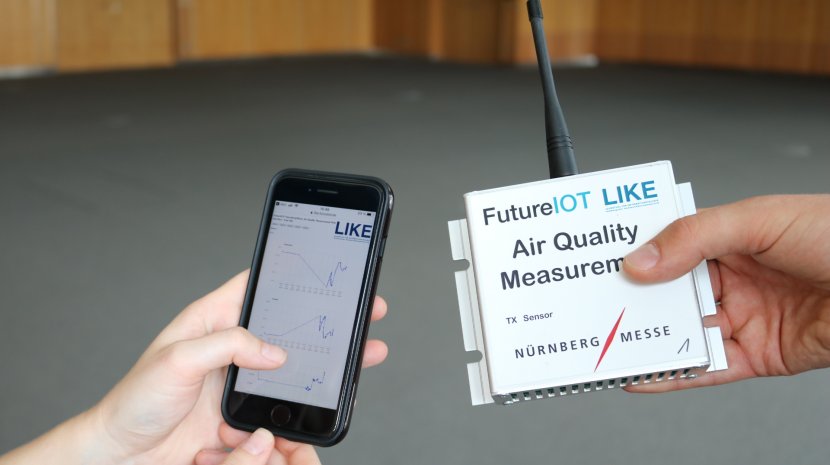
The collected data is read out by the researchers and can be converted by NürnbergMesse into services for exhibitors and visitors.
Image credits:
NürnbergMesse


